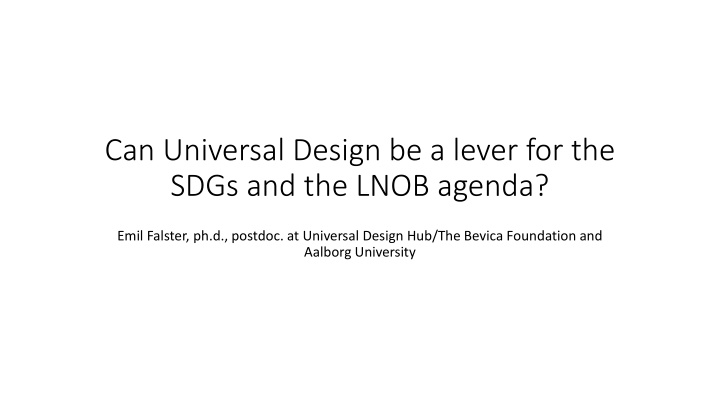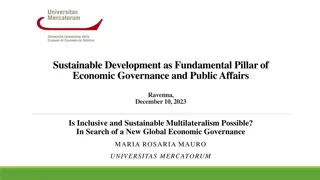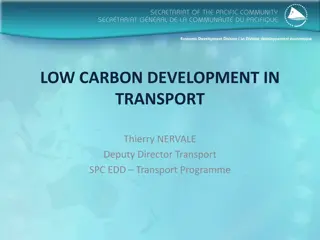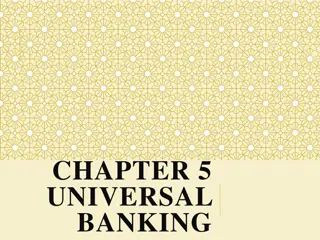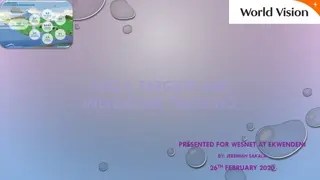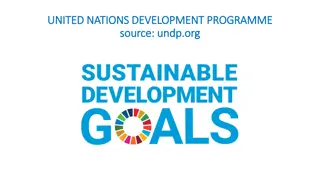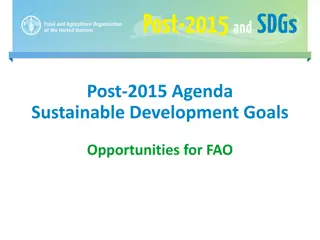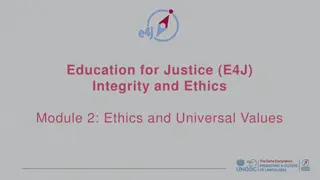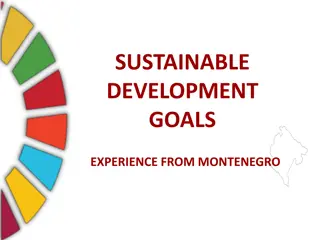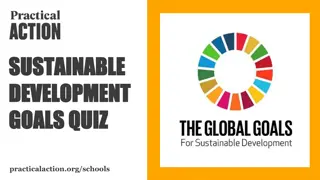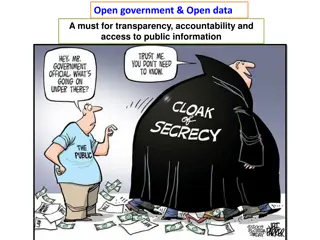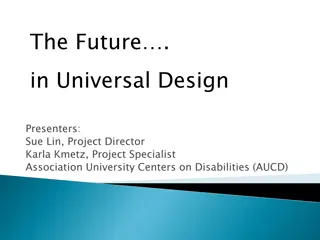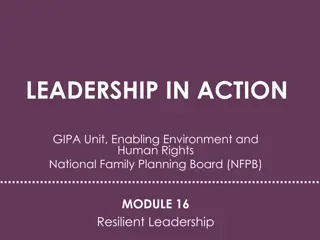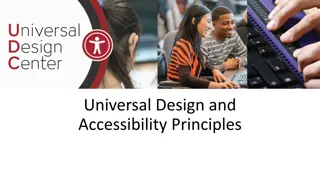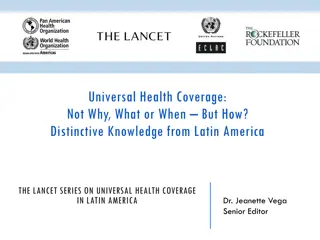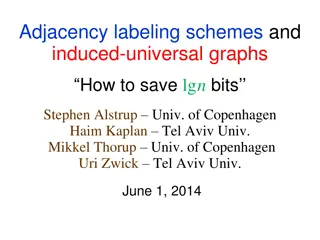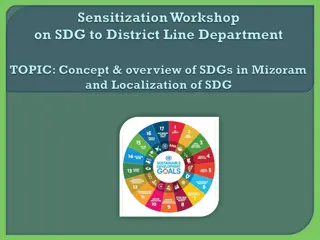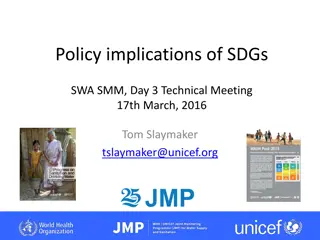Leveraging Universal Design for Sustainable Development Goals
The discourse explores the potential of Universal Design (UD) as a lever for achieving the Sustainable Development Goals (SDGs) and Leaving No One Behind (LNOB) agenda. It delves into the alignment of UD principles with the 169 SDG targets across economic, environmental, and social sustainability pillars, supported by scholarly studies highlighting UD's role in promoting social sustainability. The discussion emphasizes the need for practical examples and cases to illustrate the application of UD in advancing the SDGs and LNOB agenda.
Download Presentation

Please find below an Image/Link to download the presentation.
The content on the website is provided AS IS for your information and personal use only. It may not be sold, licensed, or shared on other websites without obtaining consent from the author.If you encounter any issues during the download, it is possible that the publisher has removed the file from their server.
You are allowed to download the files provided on this website for personal or commercial use, subject to the condition that they are used lawfully. All files are the property of their respective owners.
The content on the website is provided AS IS for your information and personal use only. It may not be sold, licensed, or shared on other websites without obtaining consent from the author.
E N D
Presentation Transcript
Can Universal Design be a lever for the SDGs and the LNOB agenda? Emil Falster, ph.d., postdoc. at Universal Design Hub/The Bevica Foundation and Aalborg University
Context and history The political agenda in the UN member states have since the 80s been increasingly more preoccupied with how nations and humans can, and have the responsibility to, create a sustainable future for the generations to come UN define sustainability as: meeting the needs of the present without compromising the ability of future generations to meet their own needs. . Sustainability is thereby defined as an intergenerational phenomenon
SDGs, sustainability and LNOB The Sustainable Development Goals (SDGs) consist of 17 goals and 169 targets. With the agenda the concept of sustainability consist of three pillars: economic-, environmental-, and social sustainability. However, does some of the general accepted definitions and principles of UD correspond (theoretically) with the 169 targets? Does UD have the potential to be a lever for the SDGs and LNOB?
Goals and numbers of SDGs targets to which UD correspond 9 8 7 6 5 4 3 2 1 0 Goal 1 Goal 2 Goal 3 Goal 4 Goal 5 Goal 6 Goal 7 Goal 8 Goal 9 Goal 10 Goal 11 Goal 12 Goal 13 Goal 14 Goal 15 Goal 16 Goal 17
Numbers of SDG targets, divided after the three pillars of sustainability, to which UD correspond 40 35 30 25 20 15 10 5 0 Social Economic Environmental
UD as a lever for sustainability The conclusion (UD as a solid lever for social sustainability), is supported by several studies: UD can be regarded as a significant component for social sustainability (since it takes human diversities and variations over time into account) (Kadir & Jamaludin 2013). Duman & Asilsoy (2022: 2) also finds, on a theoretical level, that there is a (...) strong relationship between universal design criteria and social sustainability . Vavik & Keitsch (2010), who explore the relationship between UD and social sustainability, finds several common goals between social sustainability and UD, respectively the goals of inclusion, access, and participation.
However We still need examples/cases in relation to UD and social sustainability. We need knowledge about how UD can be a lever for economic and environmental sustainability (limitations/possibilities + good examples/cases) Can we develop UD solutions that support all three types of sustainability? Should UD break with its anthropocentric core (the human core) and be further (theoretically) developed? What will it take? Is it possible, if yes, how?
